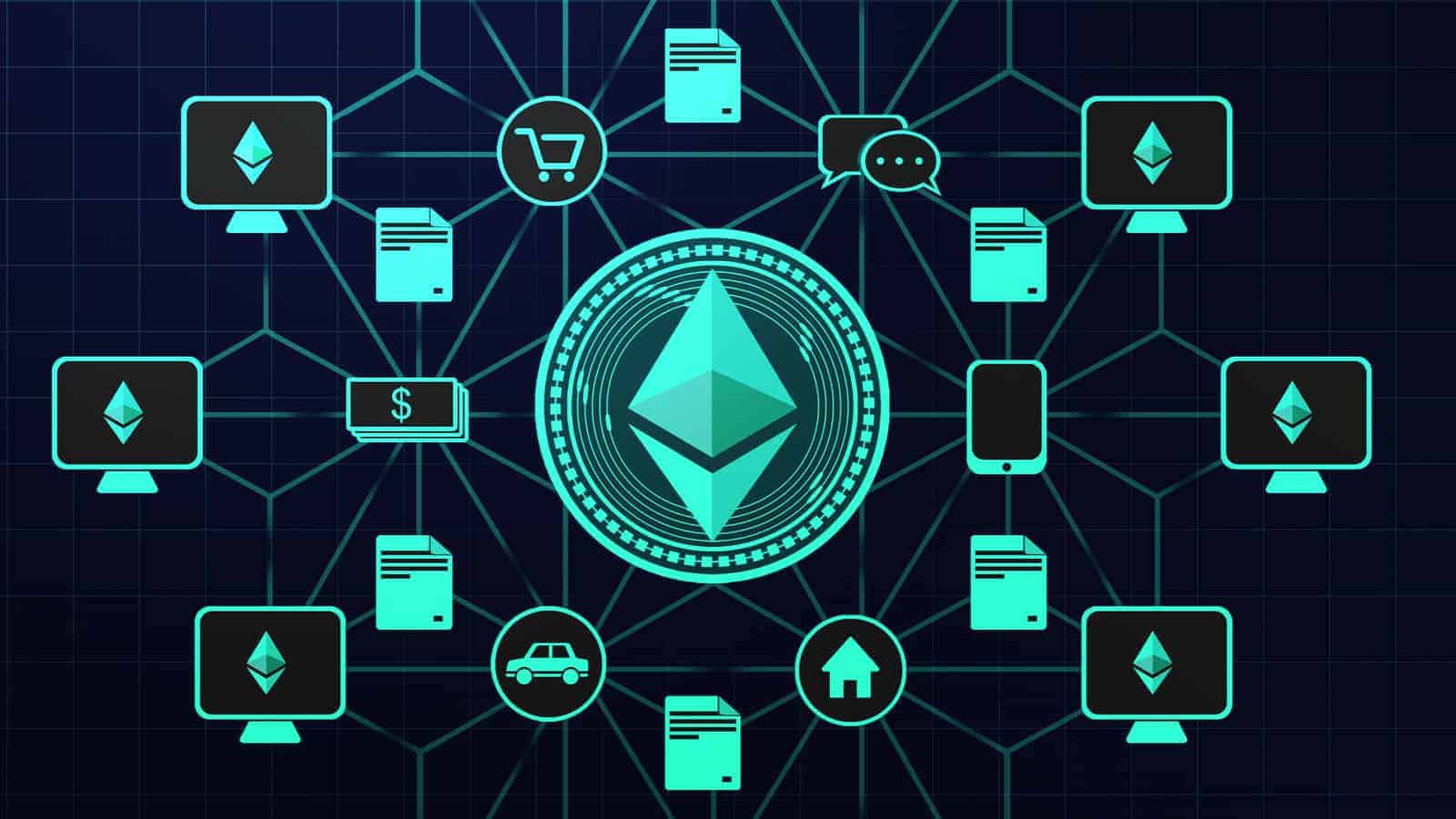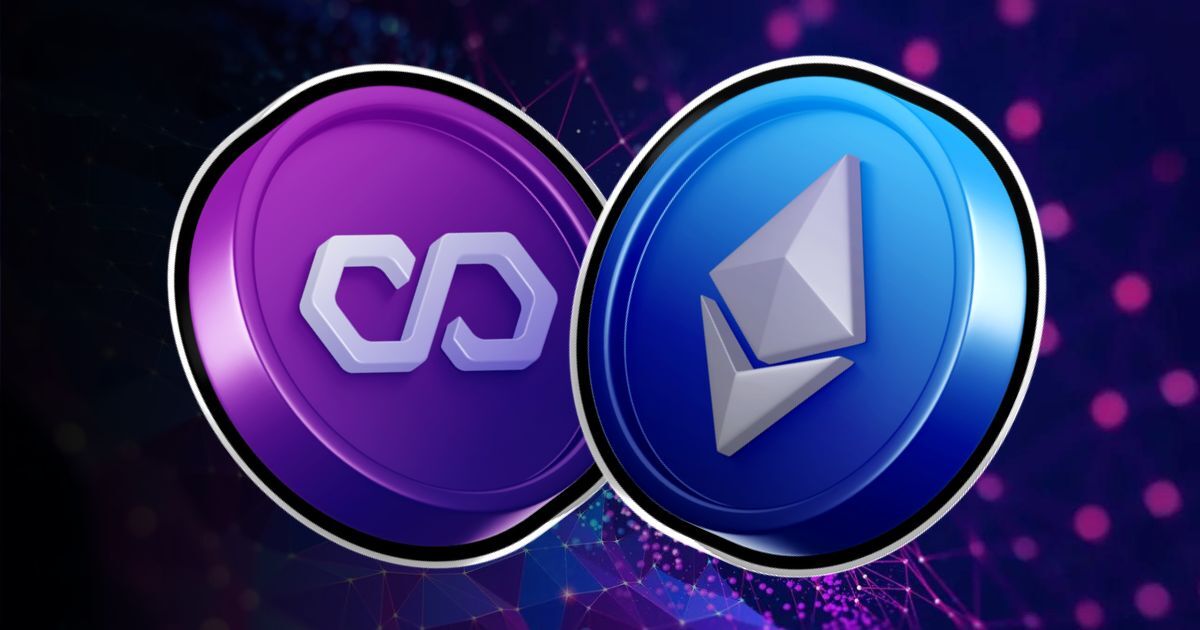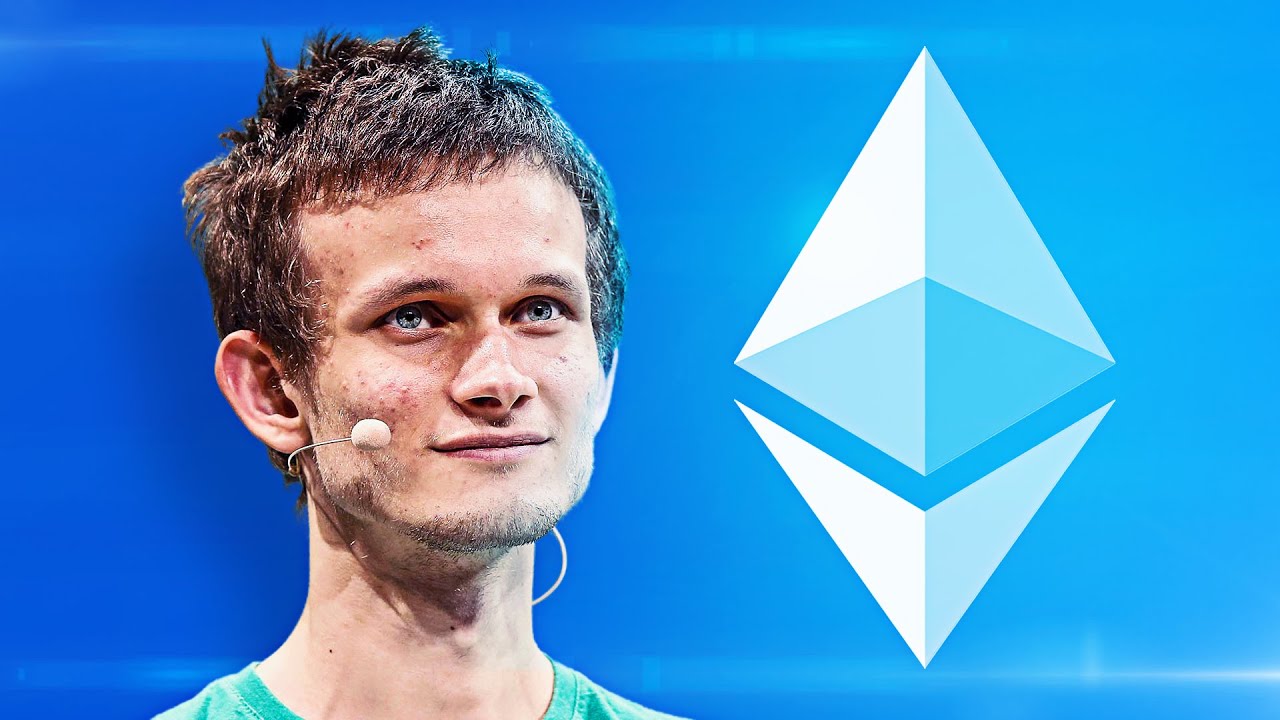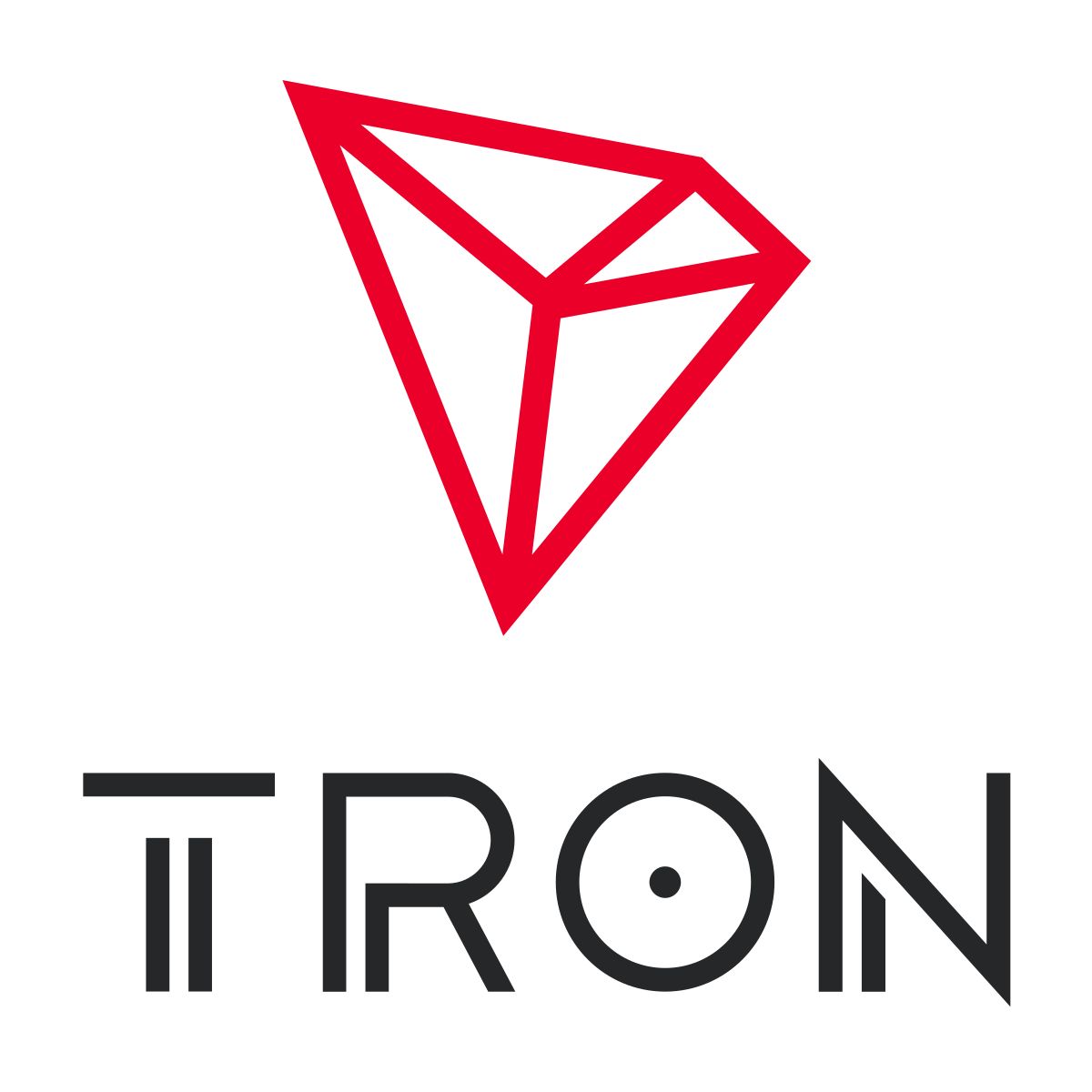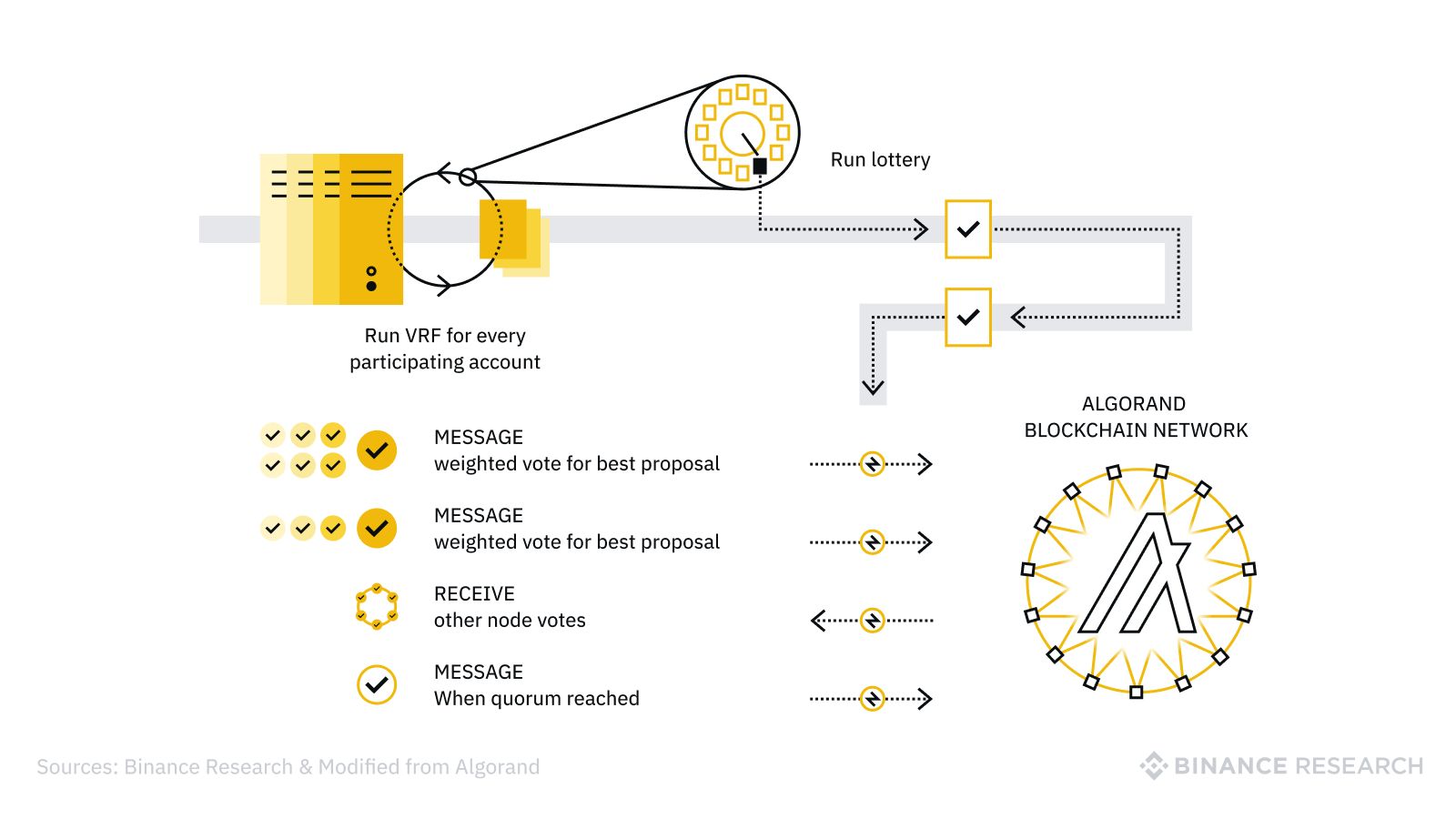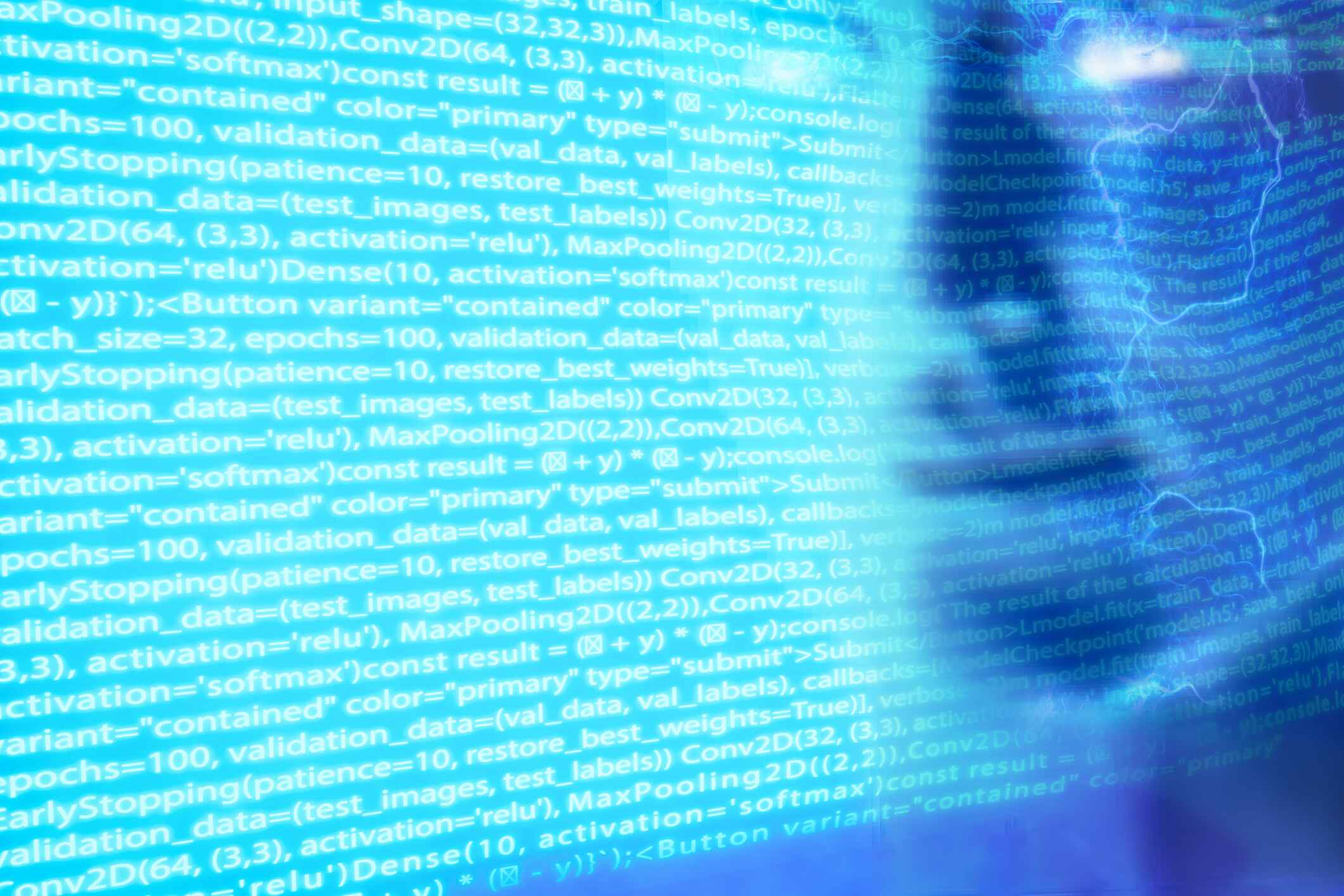Introduction
The world of blockchain technology has revolutionized various industries and introduced new concepts and applications. One such concept that has gained significant attention is the development of decentralized applications, commonly known as DAPPs. These applications are built on top of blockchain networks and provide users with a decentralized and secure environment for interacting with digital assets.
With traditional centralized applications, users have to rely on a central authority to handle transactions and store data. This centralization often leads to issues such as data breaches, censorship, and lack of transparency. DAPPs, on the other hand, leverage the decentralized nature of blockchain to eliminate these issues by removing the need for intermediaries.
At its core, a DAPP is a piece of software that runs on a peer-to-peer network of computers, known as nodes. These nodes work together to validate transactions, store data, and execute smart contracts, which are self-executing agreements written in code. By leveraging the power of cryptography and consensus mechanisms, DAPPs ensure the integrity and security of the transactions and data stored on the blockchain.
Unlike traditional applications that are developed and controlled by a central entity, DAPPs are open-source and governed by the consensus of the network participants. This means that no single entity has control over the application, making it trustless and resistant to censorship.
Developing a DAPP involves writing smart contracts using programming languages specific to the underlying blockchain network. Ethereum, for example, provides developers with Solidity, a high-level language for programming smart contracts. Other blockchain platforms, such as EOS and TRON, have their own languages, like C++ and JavaScript, respectively.
When it comes to the adoption of DAPPs, there are several benefits that make them an enticing option for users. First and foremost, DAPPs offer increased security. As transactions are recorded on the blockchain, they are immutable and tamper-proof, ensuring the integrity of the data. Additionally, the consensus mechanisms used by DAPPs make them resilient to attacks and censorship.
Furthermore, DAPPs provide users with full control over their digital assets. Instead of relying on a centralized platform to hold their assets, users hold them in their own wallets, giving them complete ownership and eliminating the risk of losing assets due to platform failure or hacking.
What is a DAPP?
A DAPP, short for decentralized application, is an application that operates on a distributed network of computer nodes rather than relying on a centralized server. It utilizes blockchain technology to ensure transparency, security, and immutability in the execution of its operations. Unlike traditional applications, which are built and controlled by a single entity, DAPPs are open-source, decentralized, and governed by a consensus mechanism.
One defining characteristic of a DAPP is that it runs on a blockchain network. Blockchain technology provides a decentralized and distributed ledger where transactions and data are recorded across multiple nodes, ensuring transparency and eliminating the need for intermediaries. This decentralized nature makes DAPPs resilient to censorship, tampering, and single points of failure.
Another key feature of DAPPs is the use of smart contracts. Smart contracts are self-executing agreements that are written in code and automatically execute predefined actions when specific conditions are met. These contracts are stored on the blockchain and are transparent, secure, and irreversible.
Furthermore, DAPPs provide a user-friendly interface that allows users to interact with the application seamlessly. This interface can take various forms, including web-based interfaces, mobile applications, or even hardware devices.
It is important to note that not all applications using blockchain technology are considered DAPPs. To qualify as a DAPP, an application must meet certain criteria. Firstly, it must be open-source, meaning the code is publicly available and can be audited by anyone. This ensures transparency and encourages collaboration and innovation.
Secondly, a DAPP must be decentralized. This means that control and decision-making processes are not vested in a central authority but distributed among the network participants. This decentralized governance model ensures that no single entity has control over the application, promoting trustlessness and avoiding single points of failure.
Lastly, a DAPP must be autonomous in its operation. This means that once deployed and running on the blockchain network, the application should be able to execute its functions without the need for human intervention. Smart contracts play a crucial role in enabling this autonomy by automating the execution of predefined actions based on predefined conditions.
How do DAPPs work?
DAPPs operate on blockchain networks, utilizing various technologies and protocols to ensure their functionality and security. The decentralized nature of DAPPs allows for trustless transactions and interactions without the need for intermediaries. Here’s a breakdown of how DAPPs work:
1. Blockchain infrastructure: DAPPs are typically built on existing blockchain platforms such as Ethereum, EOS, or TRON. These platforms provide the underlying infrastructure and consensus mechanisms for the DAPPs to run on. Developers use the platform’s specific programming languages to write smart contracts that define the logic of the application.
2. Smart contracts: Smart contracts are the backbone of DAPPs. They are self-executing agreements written in code that automatically execute predefined actions when specific conditions are met. Smart contracts are deployed on the blockchain and are transparent and immutable, ensuring the integrity and security of the DAPP’s operations.
3. Decentralized consensus: To validate and confirm transactions on the blockchain, DAPPs rely on decentralized consensus mechanisms. These mechanisms, such as Proof of Work (PoW) or Proof of Stake (PoS), ensure that all nodes in the network agree on the validity of transactions and prevent malicious actors from tampering with the data. Consensus algorithms vary depending on the blockchain platform used.
4. Decentralized data storage: DAPPs store their data on the blockchain, which is a decentralized and distributed ledger. This means that data is stored across multiple nodes rather than on a central server. This decentralized storage provides increased security, as the data is replicated and immutable, making it difficult for hackers to compromise or manipulate the information.
5. Interoperability and integration: DAPPs can interact and exchange data with other DAPPs or traditional centralized applications through interoperability protocols and APIs. This enables seamless integration and allows for the creation of complex decentralized ecosystems where different applications can work together.
6. User interaction: DAPPs provide user-friendly interfaces that allow individuals to interact with the application and perform various actions. These interfaces can be web-based, mobile applications, or even hardware devices. Users interact with the DAPP by sending transactions, triggering smart contract functions, or accessing and updating data stored on the blockchain.
Overall, the decentralized nature of DAPPs, coupled with blockchain technology, ensures transparency, security, and autonomy. By eliminating the need for intermediaries and relying on consensus mechanisms and smart contracts, DAPPs offer a new paradigm for applications that are resistant to censorship, tampering, and single points of failure.
Benefits of DAPPs
DAPPs offer numerous advantages over traditional centralized applications, making them an attractive option for users and developers alike. These benefits stem from the fundamental principles of blockchain technology and the decentralized nature of DAPPs. Here are some key benefits of DAPPs:
1. Increased security: DAPPs leverage the security features of blockchain technology to provide a high level of security. Transactions recorded on the blockchain are encrypted and distributed across multiple nodes, making it extremely difficult for hackers to alter or tamper with the data. Additionally, the consensus mechanisms used in blockchain networks help to safeguard the integrity of transactions and prevent fraudulent activities.
2. Transparency and immutability: DAPPs operate on public blockchains where all transactional information is transparent and visible to anyone with access to the network. Every transaction and modification to the data is recorded on the blockchain, creating an immutable audit trail. This transparency and immutability not only enhance trust among users but also enable efficient auditing and compliance processes.
3. Trustless environment: DAPPs eliminate the need for intermediaries such as banks, payment processors, or centralized governing authorities. Instead, the decentralized nature of DAPPs ensures that transactions and interactions occur directly between users, without the need to trust a central authority to facilitate or verify them. This trustless environment reduces the risk of fraud, censorship, and corruption.
4. Lower costs: Compared to traditional applications, DAPPs can significantly reduce costs by eliminating the need for intermediaries and reducing transaction fees. Transactions on the blockchain are typically more affordable, especially for cross-border transfers, as they eliminate the need for third-party intermediaries and their associated fees.
5. Enhanced user control and ownership: With DAPPs, users have full control over their digital assets and data. Instead of relying on a centralized platform to hold their assets, users hold them in their own wallets, giving them complete ownership. This ownership also eliminates the risk of losing assets due to platform failure or hacking, as users have direct control over their funds.
6. Open-source and collaboration: DAPPs are often built as open-source projects, meaning that their code is publicly available and can be audited and contributed to by developers worldwide. This open nature promotes collaboration, innovation, and faster development cycles as developers can learn from and build upon existing DAPPs.
7. Global accessibility: DAPPs are accessible to users around the world, regardless of their location or the restrictions imposed by traditional financial systems. As long as users have access to the internet and a compatible device, they can interact with DAPPs and participate in their ecosystems.
DAPPs are transforming industries by providing secure, transparent, and decentralized solutions that empower users and foster innovation. As blockchain technology continues to evolve, the benefits of DAPPs are likely to grow, making them an integral part of the future digital landscape.
Examples of DAPPs
DAPPs have gained prominence in various industries, with numerous real-world applications demonstrating the power and potential of decentralized applications. Here are some notable examples of DAPPs:
1. Ethereum (ETH): Ethereum is not just a blockchain platform but also a hub for DAPP development. It has seen the creation of several successful DAPPs, including decentralized finance (DeFi) applications like Uniswap, Compound, and MakerDAO. These DAPPs provide users with lending, borrowing, and trading services without the need for intermediaries.
2. Brave Browser: Brave is a privacy-focused web browser that allows users to browse the internet while blocking unwanted ads and trackers. It utilizes the Basic Attention Token (BAT) as an incentive mechanism to reward users and content creators for their attention and engagement with online advertisements through a DAPP integrated within the browser.
3. CryptoKitties: CryptoKitties is a collectible game built on the Ethereum blockchain. It allows users to buy, sell, and breed virtual cats represented as non-fungible tokens (NFTs). Each CryptoKitty is unique and stored on the blockchain, ensuring rarity and ownership. It became incredibly popular, demonstrating the potential for DAPPs in the gaming and digital collectibles industry.
4. Augur: Augur is a decentralized prediction market platform built on Ethereum. It allows users to create and participate in prediction markets, where individuals can place bets on the outcome of future events. Augur harnesses the wisdom of the crowd to provide accurate predictions while eliminating the need for intermediaries or centralized arbiters.
5. Filecoin: Filecoin is a decentralized storage network that rewards users for sharing their unused storage space. It aims to create a decentralized marketplace for file storage, where users can store and retrieve data securely and cost-effectively. Filecoin incentivizes network participants with its native cryptocurrency (FIL) for providing storage and data retrieval services.
6. Steemit: Steemit is a decentralized social media platform that rewards users for creating and curating content. It operates on its native blockchain and utilizes a cryptocurrency called STEEM. Users can earn STEEM tokens by posting, commenting, and upvoting content, providing an alternative to traditional social media platforms where the value is derived by the centralized platform alone.
7. Golem: Golem is a decentralized marketplace for computing power. It allows users to rent out their idle computing resources or purchase computational power from others. By leveraging a network of distributed nodes, Golem enables users to perform complex tasks, such as rendering CGI or running scientific simulations, in a cost-effective and decentralized manner.
These examples illustrate the diverse range of applications that DAPPs can cater to, spanning finance, gaming, social media, storage, and more. As the blockchain ecosystem continues to evolve, we can expect to see even more innovative and impactful DAPPs emerge, disrupting traditional industries and revolutionizing the way we interact with digital services.
Challenges of DAPP Development
While decentralized applications (DAPPs) offer numerous advantages, their development comes with its fair share of challenges. Overcoming these challenges is crucial to ensure the successful implementation and adoption of DAPPs. Here are some key challenges faced in DAPP development:
1. Scalability: Scalability remains a major challenge for DAPPs. As blockchain networks grow in size, the capacity to handle a large number of transactions becomes a bottleneck. Development teams need to find ways to optimize the performance and capacity of DAPPs, ensuring that they can scale effectively to handle increased user demand without sacrificing security or decentralization.
2. User Experience: DAPPs often suffer from a lack of user-friendly interfaces and intuitive design. Improving the user experience of DAPPs is crucial to drive mass adoption. Developers should focus on creating intuitive and seamless interfaces, minimizing the learning curve for users and ensuring a positive experience throughout their interactions with the application.
3. Interoperability: Interoperability between different blockchain networks is still a challenge. DAPPs typically operate on a specific blockchain platform, making it challenging to communicate and exchange data with DAPPs on other platforms. Establishing interoperability protocols and standards will be essential to create a connected ecosystem of DAPPs and unlock their full potential.
4. Smart Contract Security: Smart contracts are the backbone of DAPPs, and any vulnerabilities in their code can be exploited by malicious actors. Writing secure smart contracts is crucial to prevent hacks and protect user funds. Conducting rigorous code audits and implementing best practices for smart contract development are essential to mitigate security risks.
5. Regulation and Compliance: The regulatory landscape for DAPPs is still evolving, and compliance requirements can vary across jurisdictions. Compliance with existing regulations, such as data protection and financial regulations, can pose challenges for DAPP developers. It is crucial to navigate the legal and regulatory frameworks to ensure DAPPs remain compliant while promoting innovation and user privacy.
6. Governance: Decentralized governance models present their own set of challenges. Decision-making processes and the evolution of the DAPP should involve input from the community and participants. Establishing effective decentralized governance mechanisms that allow for community voting and consensus can be complex and require careful design and implementation.
7. Education and Awareness: The general public still has limited awareness and understanding of DAPPs and blockchain technology. Educating users about the benefits and functionality of DAPPs is crucial to drive adoption. Increasing awareness through user-friendly educational resources, tutorials, and community engagement can help overcome the knowledge gap.
As the DAPP ecosystem continues to evolve, addressing these challenges will be vital to unlock the true potential of decentralized applications. Overcoming challenges in scalability, user experience, interoperability, security, regulation, governance, and education will pave the way for a more robust and widely adopted DAPP ecosystem.
Conclusion
DAPPs have emerged as a powerful and disruptive force in various industries, leveraging blockchain technology to offer decentralized, transparent, and secure solutions. By eliminating the need for intermediaries and introducing trustless environments, DAPPs empower users, increase security, and foster innovation.
The key benefits of DAPPs include increased security, transparency, and user control, lower costs, open-source collaboration, and global accessibility. These advantages make DAPPs an enticing option for users and developers alike, driving the growth of decentralized applications.
However, DAPP development does come with its own set of challenges. Scalability, user experience, interoperability, smart contract security, regulation and compliance, governance, and education are all areas that require careful consideration and innovation to fully realize the potential of DAPPs.
Despite the challenges, the future of DAPPs looks promising. As technology advances and the blockchain ecosystem evolves, we can expect to see improvements in scalability, user experience, and interoperability. Continued efforts in smart contract security, regulatory compliance, governance models, and user education will contribute to the broader adoption and success of DAPPs.
As more industries recognize the benefits of decentralization and embrace blockchain technology, the development and utilization of DAPPs will likely accelerate. These decentralized applications have the potential to transform various sectors, from finance and gaming to social media and supply chain management.
In conclusion, DAPPs offer a new paradigm in application development, revolutionizing the way we interact with digital services and assets. With increased security, transparency, and user control, DAPPs have the potential to reshape industries and empower individuals in the digital era.







